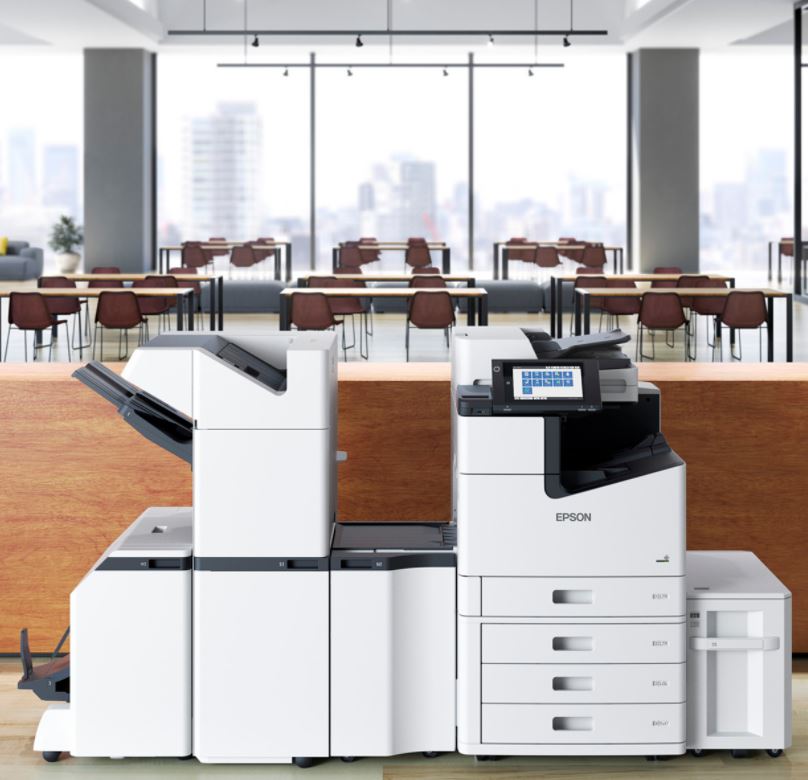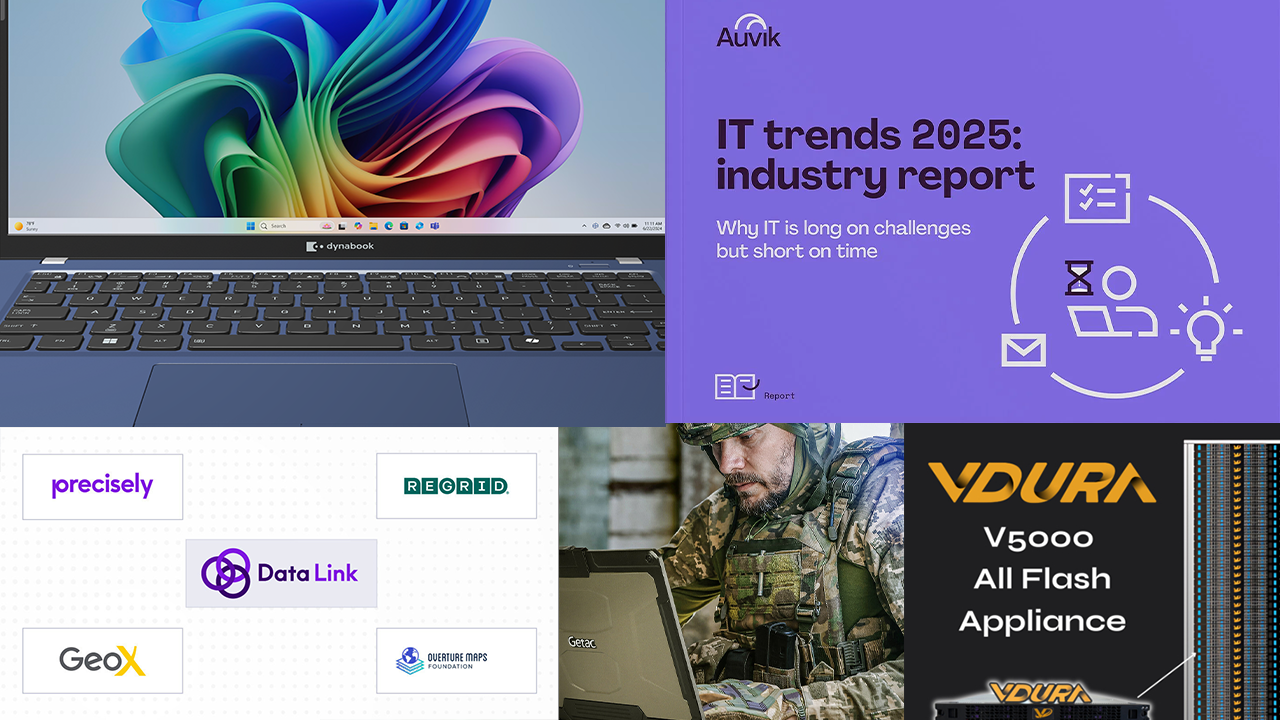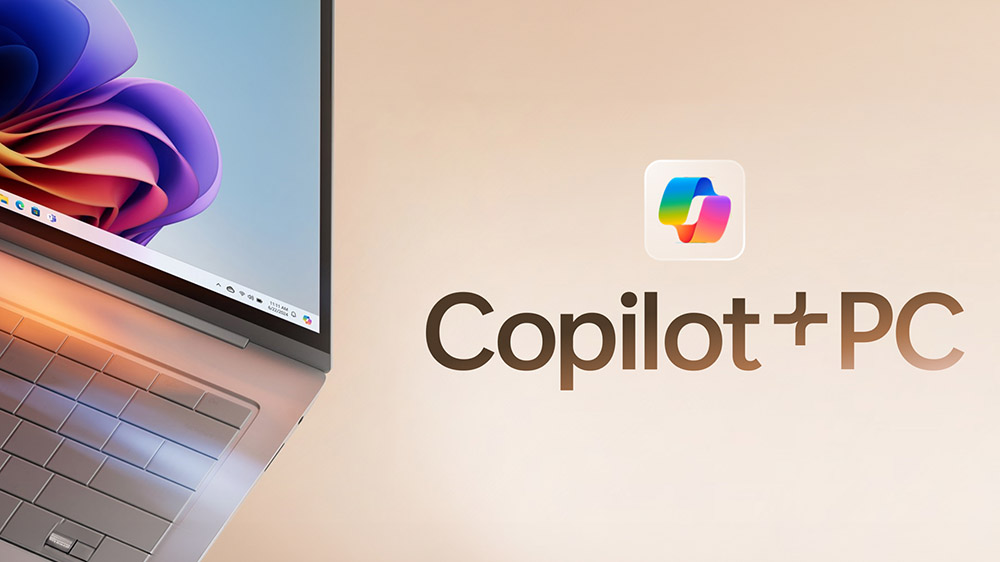Epson has added three A3 color multifunction devices to its WorkForce Enterprise line of commercial inkjet printers.
The new products, which will become available later this month, target SMBs and larger businesses with mid- to high-volume print requirements, including “light production” environments such as schools, digital press operators, and other organizations that regularly churn out large quantities of booklets, handouts, brochures, and other documents.
Equipped with Epson’s PrecisionCore Heat-Free line head printing technology, the WorkForce Enterprise WF-C20600, WF-C20750, and WF-C21000 can each accommodate up to a 100,000-page recommended monthly print volume. They’re ideally suited as well to the challenges of supporting end users during a pandemic, according to Joe Contreras, Epson’s commercial marketing executive for office solutions.
“The overall design has fewer moving parts and requires fewer service visits,” he says. “We have a number of devices that are printing upwards of 250,000 pages a month and doing that very consistently over six-, seven-month periods of time with little to no service calls.”
According to Epson, in fact, PrecisionCore Heat-Free printers go over 160,000 pages on average between maintenance visits, versus an average of roughly 30,000 for comparable laser printers from Epson competitors. Reducing truck rolls is even more important to profitability than usual, Contreras notes, now that safety-conscious customers are imposing physical distancing requirements and screening guests upon arrival
“When a technician goes onsite to service or perform any type of preventative maintenance, they’re having to check in to get their temperature taken, answer a questionnaire about have they been symptomatic or exposed to anyone that’s symptomatic, etc.,” Contreras says. “That adds time to service visits.”
Designed to be energy efficient as well as reliable, the new printers consume 85% less power on average than comparable A3 color laser office printers without compromising print quality or speed, according to Epson.
The WF-C20600, WF-C20750, and WF-C21000 can print 60 ISO pages per minute, 75 pages per minute, and 100 pages per minute, respectively, Epson says.
All three offer advanced finishing options, including an attachment that can staple, stack, and hole punch pages and a booklet attachment with those same features plus the ability to center-fold and saddle-stich documents.
Additional features include a suite of built-in security safeguards and compatibility with print applications from Epson itself and leading third-party publishers.
A 100-ppm monochrome printer with features similar to its color MFP cousins is currently in development and expected to ship early in 2021.
Though Epson’s latest offerings are all relatively large A3 devices, smaller A4 products have been hot sellers since the arrival of COVID-19.
“As thousands of companies were having employees work from home and students were learning at home, we saw the demand for A4 products skyrocket,” Contreras says. Partners, he continues, appreciate the Epson catalog’s ability to meet those needs as well as more traditional office printing needs.
“Having a broad portfolio that spans desktop A4 up to higher-end A3, as we’re looking at now, really kind of gives them the ability to navigate both ends of that spectrum.”
Collecting partner feedback on matters like that has been a high priority for Epson this year, Contreras adds. Back in March, when the coronavirus pandemic first struck, the company launched a regular series of live interactive webinars in which it both shared best practices and solicited input on current needs and market conditions.
“It really allowed us to stay engaged with our partners and understand what was going on and on how their customers were operating,” says Contreras, noting that Epson plans to continue hosting weekly webinars at least through the end of the year.
The company is also conducting service training courses for its A3 products, which previously required travel to an Epson facility, online now. Delivered free of charge, the virtual classes save partners money at a time when a weak economy has businesses of every variety conserving cash. “They don’t have to send one of their technicians to travel somewhere,” Contreras notes.
Another recently added partner resource, called the Epson National Sales Network, helps resellers extend service coverage beyond their core geography by collaborating with approved fellow partner program members in other cities and states.
In addition to printers, Epson has shipped new projectors for classrooms and meeting rooms, as well as updated projector software, in recent months too.














